“Square footage is dead,” declares Joseph Ely, COO of WareSpace, who’s rebuilding commercial real estate for small and growing businesses.
He’s seen firsthand how the commercial real estate industry fundamentally fails small businesses—not through a few service gaps, but through a complete blind spot to their existence.
From his many years of transforming traditional warehouse models, Joseph is breaking down his fool-proof solution for countless entrepreneurs trapped between outgrowing their garage and being forced into warehouse solutions built for corporations ten times their size.
Like those boxes in your living room “inventory room,” let’s break it down:

Where Did All the Small Warehouse Space Go? (Hint: It Never Existed)
The commercial real estate industry has a massive blindspot when it comes to small businesses.
“Finding warehouse space under 3,000 square feet is virtually nonexistent in most markets,” Joseph says. “When we searched Los Angeles—a metropolitan area of 20 million people—we found only 52 options available for small spaces. Remove office spaces incorrectly listed as ‘flex,’ and the number drops even further.”
The numbers tell a stark story. According to Joseph, in a city like Los Angeles with approximately 350,000 small businesses that operate with physical inventory, having only a few dozen suitable warehouse options creates an impossible situation. This isn’t just a supply-demand imbalance—it’s as if these businesses don’t exist to the real estate world.
How come?
That’s because traditional commercial real estate was built to serve large enterprises with dedicated facility managers and legal teams. Most landlords and developers simply don’t care about the small business tenant. They’re operating in the construct of commercial real estate as they’ve always known it.
Meanwhile, e-commerce, social selling, and digital marketing have enabled millions of small businesses to launch—yet the physical spaces they need simply aren’t there.
Alone in the Desert: The Traditional Leasing Experience
For small business owners who do find warehouse space, the experience is brutal.
“When you rent a traditional commercial space, you’re completely on your own—alone in a desert trying to figure everything out,” Joseph adds. “You suddenly need to become an expert in Wi-Fi installation, dumpster service contracts, fire alarm inspections, security camera systems, and rekeying procedures.”
Traditional warehousing forces entrepreneurs into:
- Complex leases filled with legal jargon
- Unpredictable costs beyond base rent
- Multi-year commitments with no flexibility
- Personal guarantees that risk personal assets
- Managing every service independently
Running a marathon in flip-flops is never going to happen. Yet that’s exactly what traditional warehousing expects from small business owners—trying to run thriving operations while managing warehouse headaches that have nothing to do with their actual business.
When you’re running a business, your number one resource is your time. Not capital. Not funding. There’s always potential to find more money. “But the one thing you can’t replicate or get more of is your time—and traditional warehousing steals that precious resource,” he adds.
Even the pricing model works against small businesses. Traditional landlords focus on square footage pricing because that’s what they care about—it’s the construct that serves them, not you. This approach makes perfect sense for landlords, but it’s meaningless to a small business owner, like you, who just wants a predictable monthly expense.

Warehouses for Humans, Not Just Boxes
WareSpace’s vision flips the script.
Most warehouses are designed for boxes. WareSpace is designed for you.
“We’re building the first warehouses that are designed for humans, for the people that are working in them,” Joseph says. “We’re designing spaces that are efficient, intuitive, and make sense for the way people actually work—not just a container for inventory.”
This human-centered approach transforms how we develop our facilities. Everything we do is driven by tenants telling us about a pain point, and then us trying to not just solve it, but transform it into a competitive advantage. A pain point is a negative—solving it is one thing, but turning it into a positive feature completely changes the game.
Consider how this plays out: When tenants mentioned the hassle of finding and installing warehouse racking, most landlords would either ignore the problem or perhaps offer a vendor referral.
WareSpace, on the other hand, doesn’t just fix issues—we make them into conveniences that are built into our entire offering. We build appropriate racking into every single unit, permitted to the highest level allowed by zoning, with the right weight capacity for various business types.
According to Joseph, this pattern repeats across dozens of pain points—from security access to package receiving to internet setup—creating a completely different warehouse experience.
The shift extends to business flexibility, too. The current business reality demands that companies be agile in their access to resources. This is standard in the digital world—you can instantly scale your cloud services up or down based on current needs.
But the physical world of real estate hasn’t caught up. Our unlimited scale brings digital flexibility to physical space, letting business owners move up or down the spectrum of space—and when they need to.
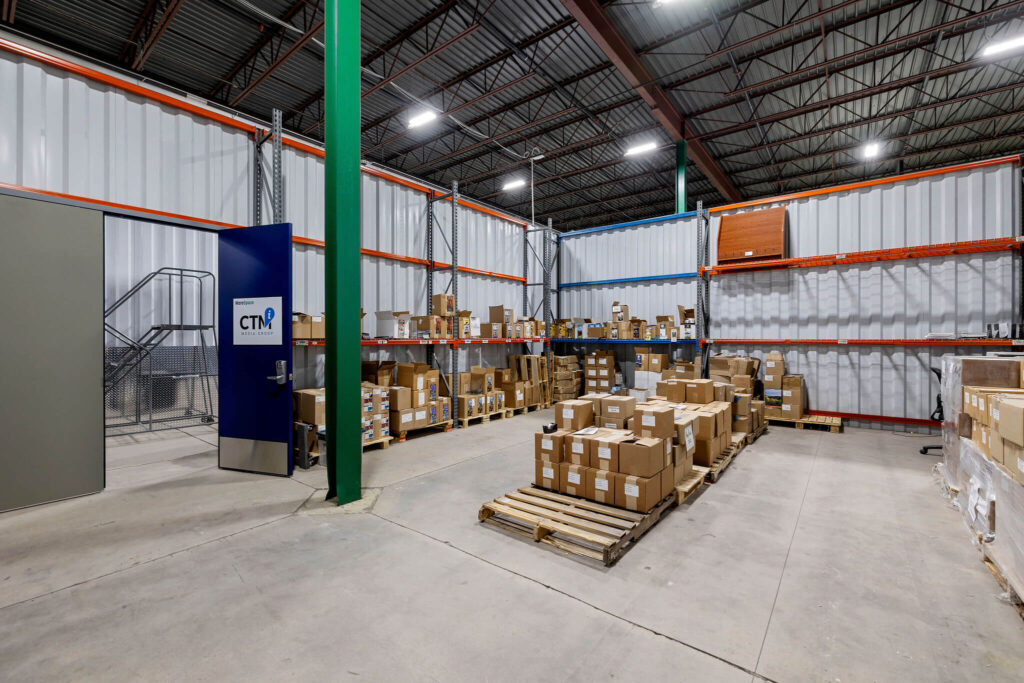
How the Right Space Changes Everything
When businesses move into spaces designed around their needs, the transformation is quite remarkable.
Joseph mentions a tenant who had been running a commercial upholstery and furniture restoration business from their basement for over 20 years. It was a part-time operation, but they wanted to transition it into their full-time career. Within six months of moving to WareSpace, they upgraded to a medium unit, and a year later expanded into our largest unit.
The right space became a platform for growth.
He adds that these transformations happen across multiple dimensions:
- Professional image that builds customer trust
- Operational efficiency with proper loading areas
- Better employee experience in a professional environment
- Improved work-life balance
If you’re running a business from your garage or spare bedroom, you already know the limitations.
Pallets in your living room. Boxes blocking your car. That awkward moment when a delivery driver can’t find your “warehouse” because it’s your house. There’s a quality of life improvement that happens when your inventory isn’t crowding your personal space and your spouse can park in the garage again.
The data backs this up. “Our data shows that 73% of tenants report their business has grown since they moved into WareSpace,” Joseph adds. “Even more significantly, about 27% of our tenants have hired new employees as a direct result of their growth.” This growth isn’t coincidental—it’s because they now have the right infrastructure and environment to scale efficiently.
Beyond metrics, there’s also a psychological transformation that happens. When you move from operating out of a spare bedroom to a professional facility with proper loading docks, climate control, and security, you begin to see your own business differently. You take yourself more seriously, your customers see you as more legitimate, and you can envision growth in ways that weren’t possible before.
Four Principles That Will Save Your Business Time and Money
As you build your own organization or grow your business in a space that scales, Joseph urges you to consider these core principles:
1. Serve the Customer, Not Yourself
The COO recommends asking yourself: “Are you there to serve the customer, or are you there to serve yourself?”
“We’ve chosen to serve the customer, which means using the language and the construct that works for them and makes their life easier,” he adds. “We don’t insist on industry jargon —we adapt our approach to fit the customer’s worldview.”
2. Transform Pain Points into Competitive Advantages
Don’t just solve problems—transform them into features that improve your customers’ experience. Then again, ask yourself: “How could I turn this challenge into a benefit that sets us apart?”
3. Build Flexibility into Everything
There’s no need for business owners to lock themselves into performance for a landlord when they can’t guarantee how their customers are going to perform for them. Be adaptable and avoid rigid arrangements that limit your ability to scale as needed.
4. Know What You Don’t Know
“If you want to be the best runner, you’ll eat the best food, learn the best ways to stretch, and get the best running gear,” Joseph says. “It’s the same with your business. If you’re truly committed to excellence, you don’t cut corners on fundamentals—and where you operate from is absolutely fundamental.”
Know what you don’t know and be totally open-minded. Recognize your knowledge gaps and actively work to fill them, rather than making assumptions.
Before committing to any warehouse solution, also ask these three critical questions:
- “Does this include 100% absolutely all of the costs, or where are the hidden fees?”
- “How will you work with me as my business scales or shrinks?”
- “Can you show me your good reviews or provide references from current tenants?”
Every minute spent on facility issues is a minute not spent improving customer experience or connecting with customers. The decisions you make about your operational space fundamentally shape your business trajectory. While it might feel like just another expense on your balance sheet, the right warehouse solution becomes a strategic advantage in your growth journey.
Your customers won’t see your warehouse.
But they’ll absolutely feel its impact in every interaction with your business.
Ready to scale your business?
Find the ideal warehouse space for your business at a low monthly rate, near you.
- 12+ prime locations
- 1,200+ customers
- Rated 4.8 out of 5
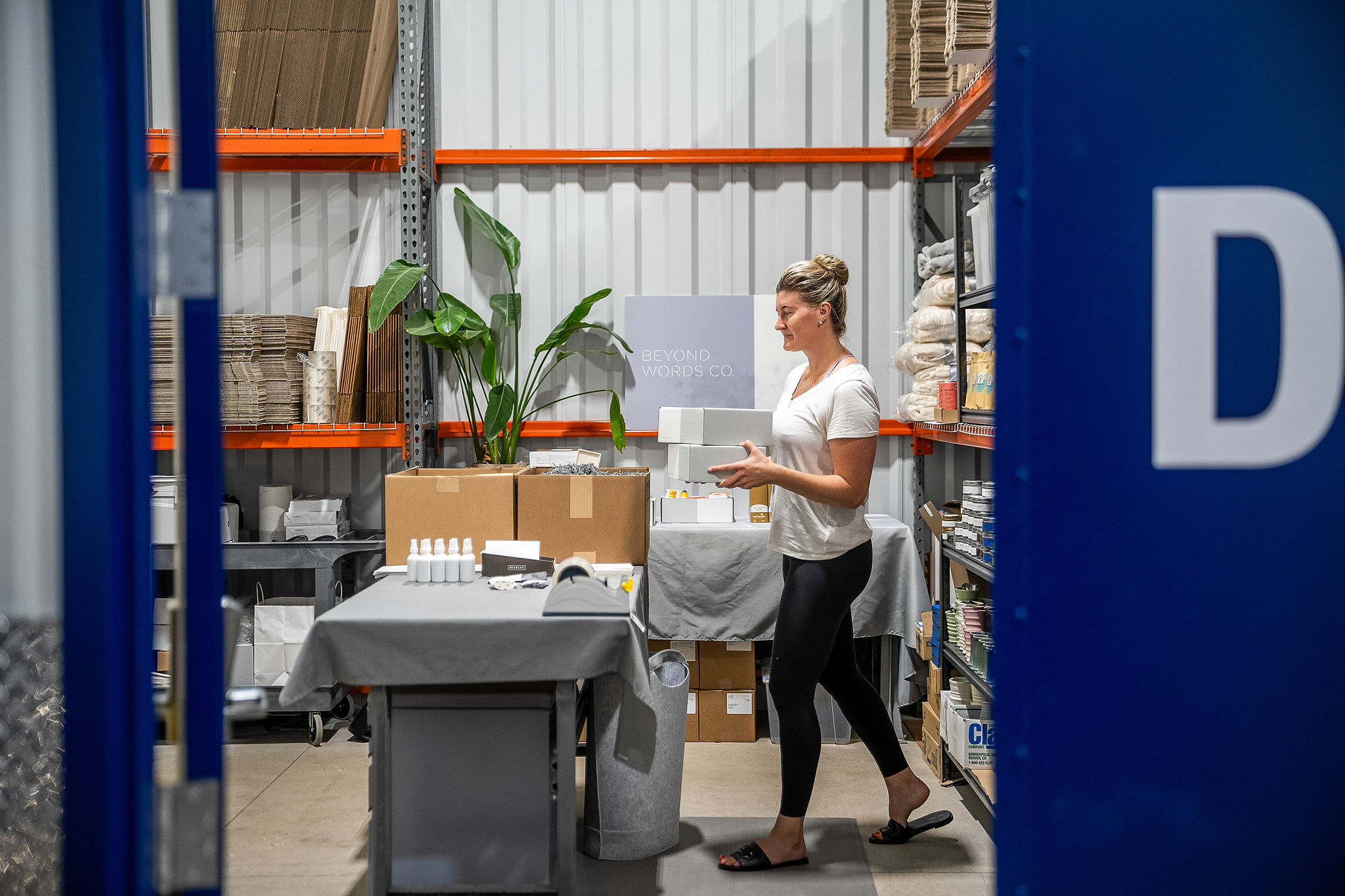
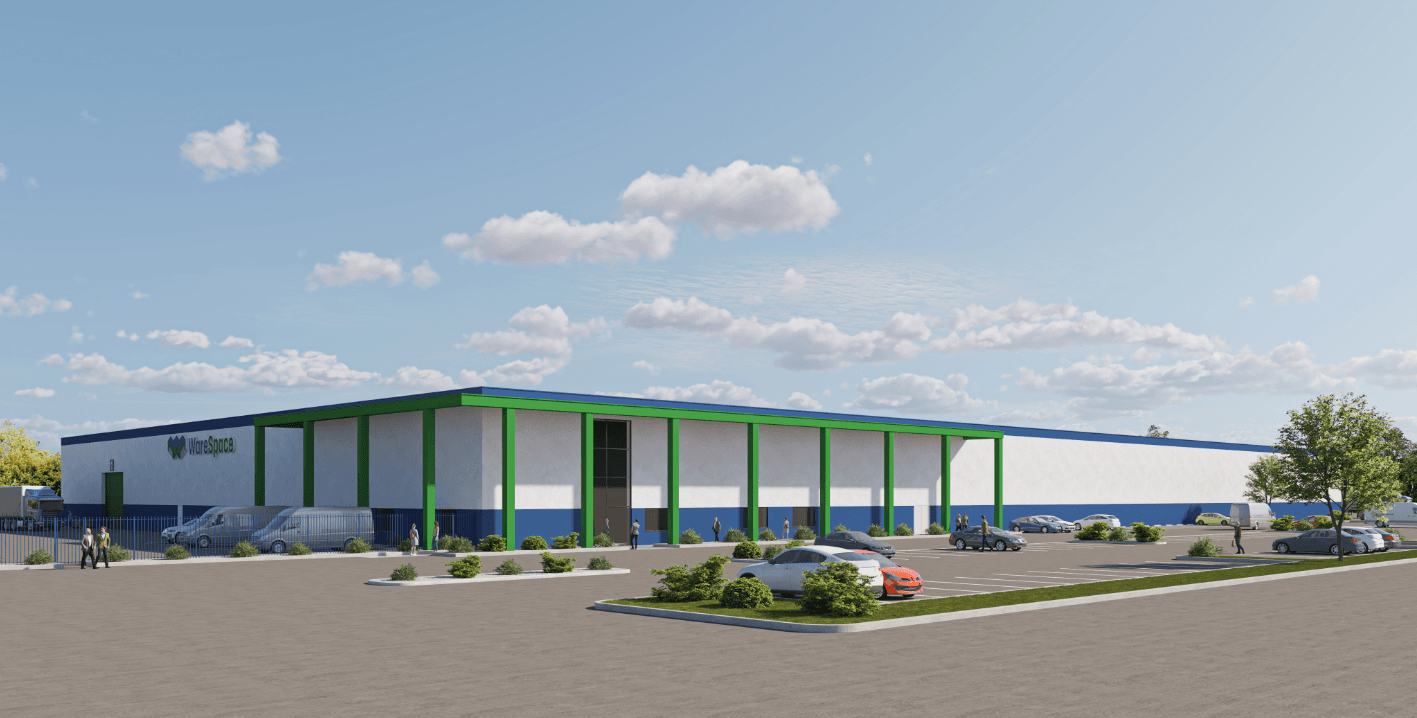
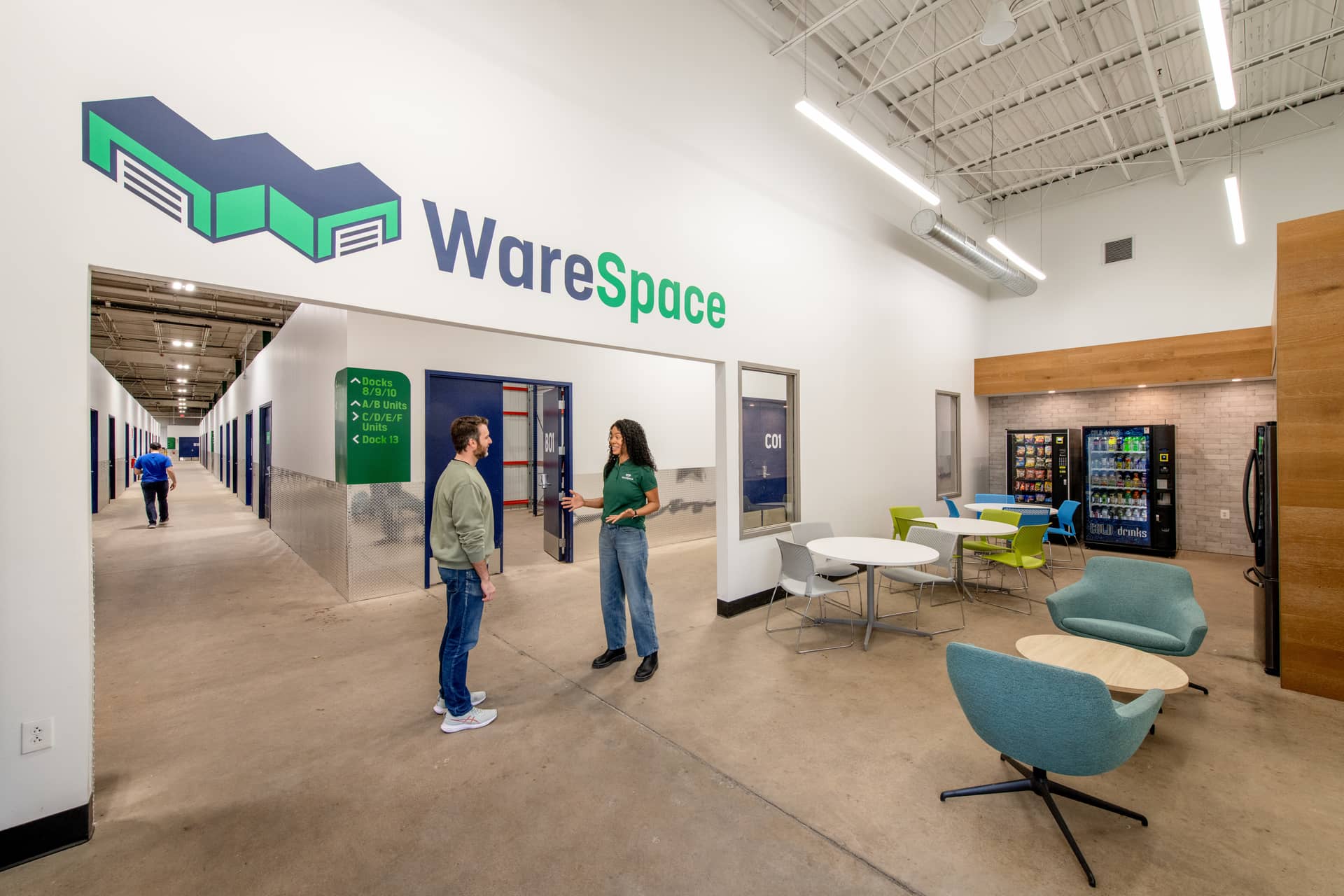

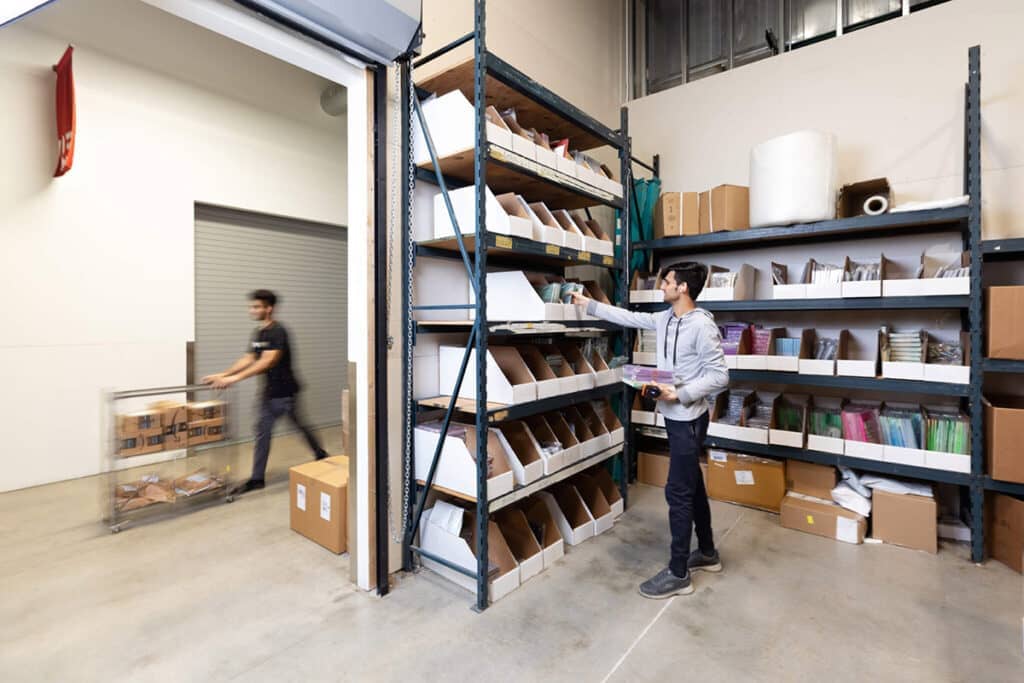
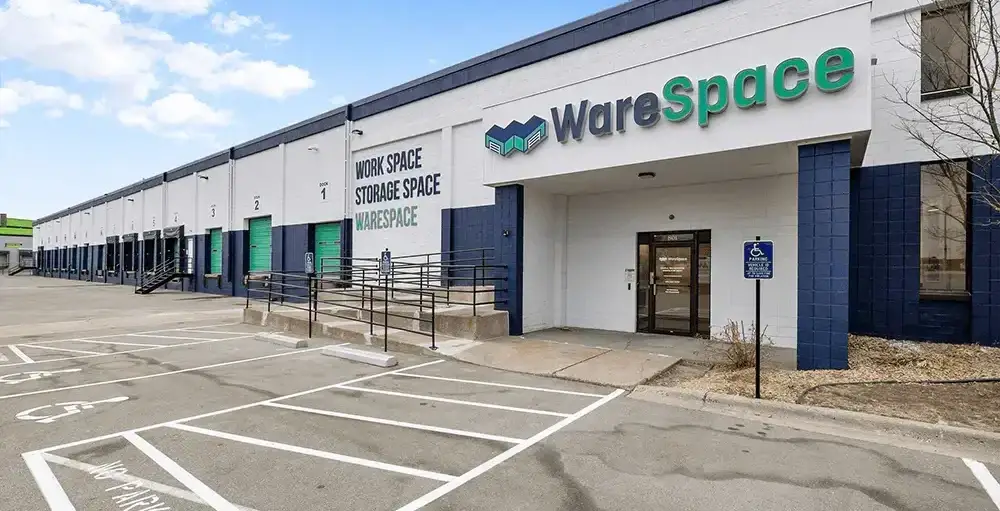
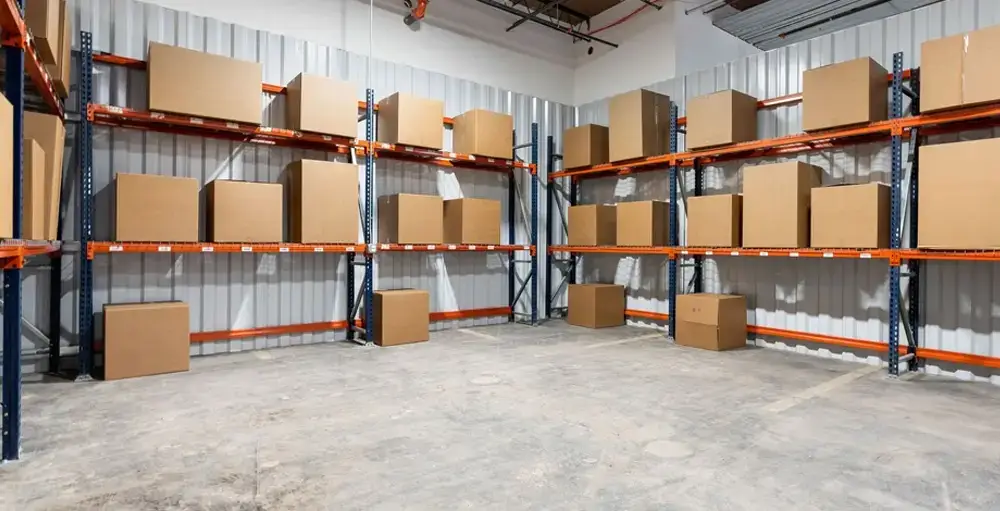
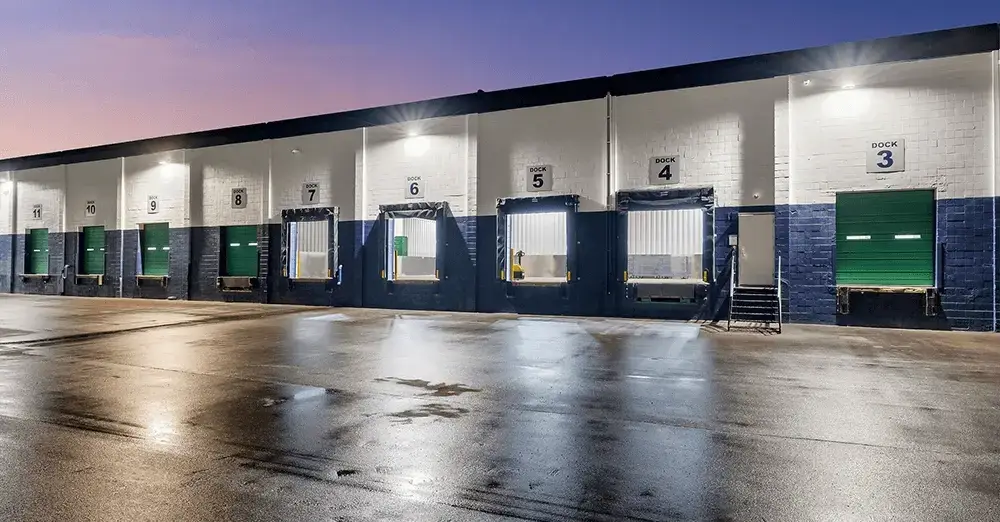
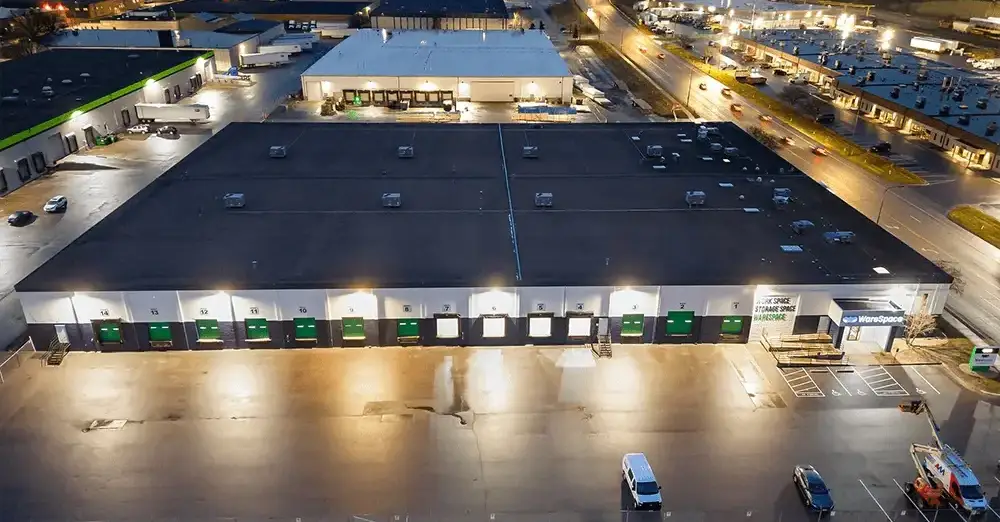











 ►
Explore 3D Space
►
Explore 3D Space